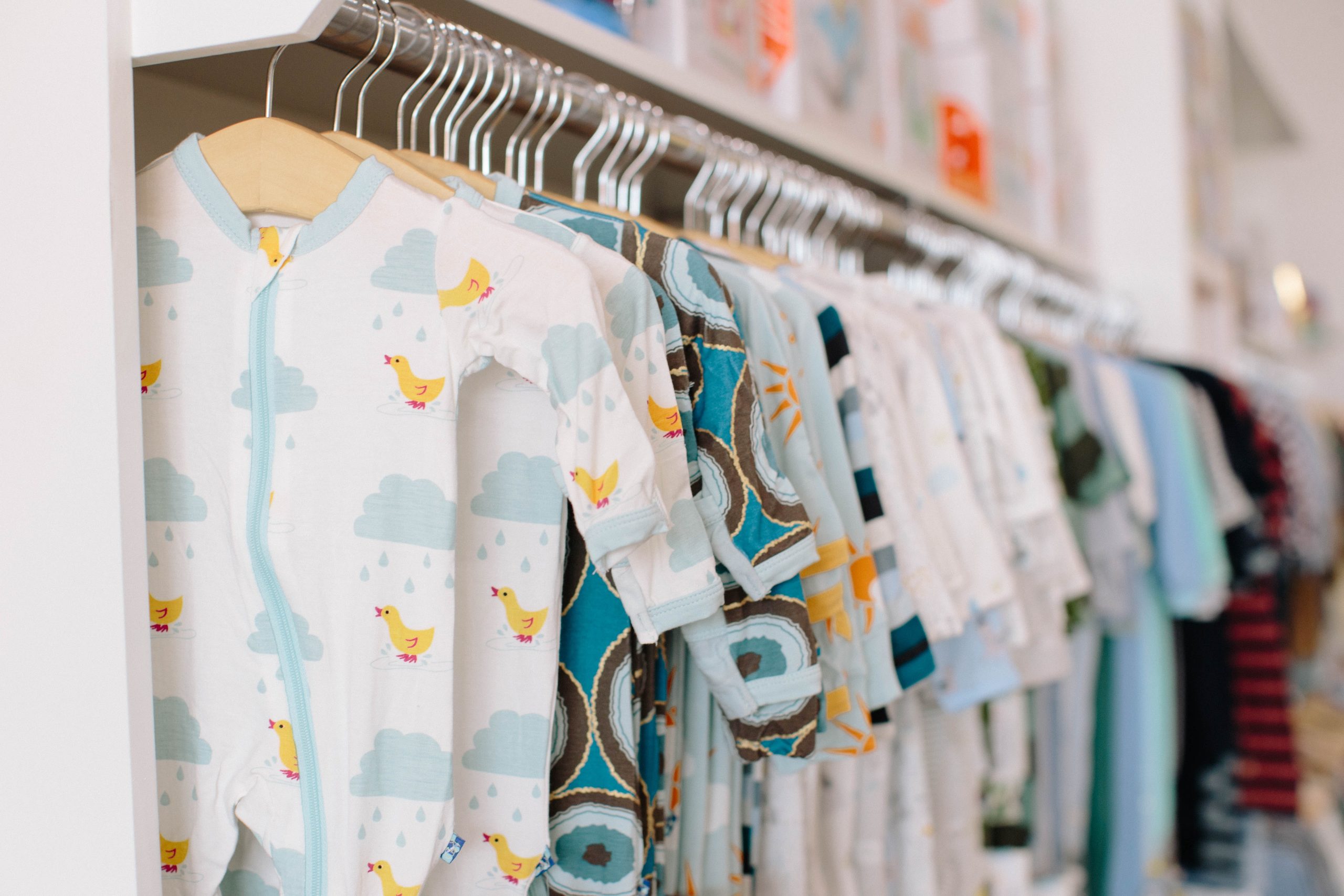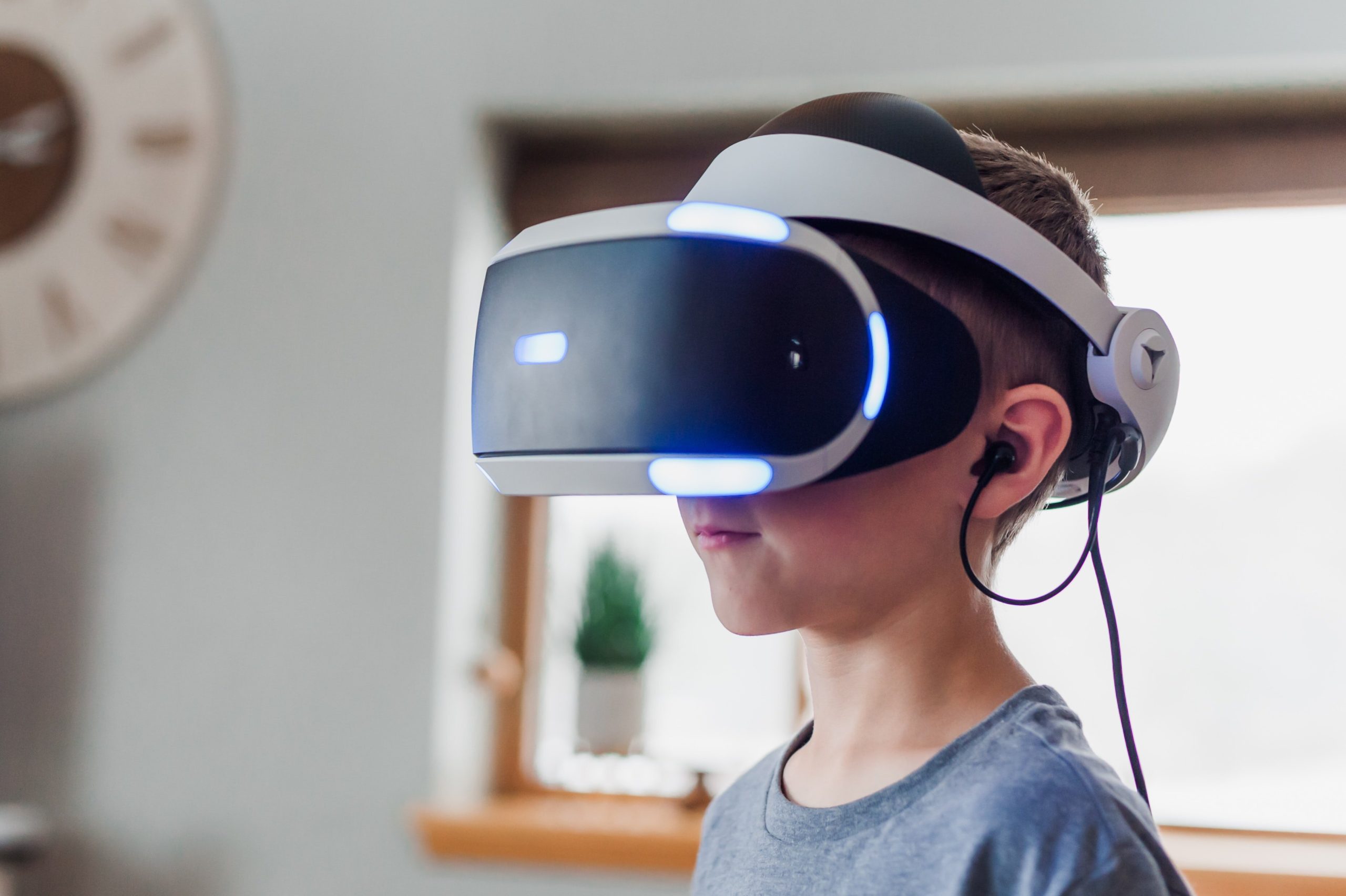It’s no secret that the retail industry is changing. With advances in technology, customer expectations, and new competition, it’s hard to predict what the future of retail holds. But understanding these changes is essential if you want your business to succeed in the years ahead. In this comprehensive guide, we will explore what the future of retail looks like and how to stay ahead of the curve. From virtual customer interactions to data-driven decisions and more, read on to discover what the modern retail landscape looks like today.
The History of Retail
The retail industry has a long and storied history that can be traced back to the early days of human civilization. Retailers have always been innovators, adapting to changing customer needs and preferences over time.
Today, the retail landscape is undergoing a major transformation thanks to technological advances and changing consumer behavior. eCommerce is booming, and brick-and-mortar stores are struggling to keep up. Many traditional retailers are closing their doors for good, while others are reinventing themselves for the digital age.
What does the future of retail look like? Only time will tell, but one thing is certain: the retail industry is in for a wild ride.
The Current State of Retail
The retail industry is in the midst of a revolution. The way we shop has changed dramatically in recent years, and it shows no signs of slowing down. Online shopping has become the norm, and brick-and-mortar stores are struggling to keep up.
There are a number of factors that have contributed to the decline of brick-and-mortar retail. First, there’s the increasing popularity of online shopping. Many consumers prefer the convenience of being able to shop from home, and they’re also taking advantage of the competition among online retailers to get the best deals.
Another factor is the growth of mobile commerce. More and more people are using their smartphones and tablets to make purchases, and retailers are starting to take notice. They’re investing in mobile-friendly websites and apps, and some are even offering exclusive deals through these channels.
Finally, there’s the rise of social media. Platforms like Facebook and Twitter have given consumers a voice, and they’re using it to share their opinion on brands and products. If they don’t like what they see, they’re quick to let others know – which can have a major impact on a retailer’s bottom line.
So what does the future of retail look like? It’s hard to say for sure, but one thing is certain: the industry is undergoing a major transformation, and it’s only going to continue in the years to come.
The Future of Retail
The future of retail is looking very promising. With the advent of new technology, there are many ways that retailers can improve the shopping experience for their customers. Here are just a few of the things that we can expect to see in the future of retail:
-Virtual reality shopping: This is where customers can put on a headset and be transported to a virtual store. They will be able to see and interact with products in a realistic way, making it easier to make purchasing decisions.
-Augmented reality shopping: This is where customers can use their smartphones or other devices to see digital information overlaid on top of the real world. For example, they might be able to see product reviews or recommendations as they walk around a store.
-Personalized experiences: Thanks to data collection and analysis, retailers will be able to offer highly personalized experiences to their customers. This could include everything from tailored product recommendations to customized coupon offers.
-Omni-channel shopping: This is where customers can shop seamlessly across all channels, whether it’s in-store, online, or through a mobile app. They will have a consistent experience no matter how they choose to shop.
Overall, the future of retail looks very exciting. With so many new technologies emerging, there are endless possibilities for how retailers can improve the shopping experience for their customers.
E-Commerce vs. brick-and-mortar
E-commerce has been on the rise in recent years, as more and more consumers turn to the internet for their shopping needs. However, brick-and-mortar stores are still very much alive and well, and there are many advantages that they have over their online counterparts. Here, we’ll take a look at some of the key differences between e-commerce and brick-and-mortar stores.
Price: One of the biggest advantages of shopping online is that you can often find better prices than you would in a brick-and-mortar store. This is because online retailers have lower overhead costs than traditional stores, and can pass those savings on to their customers. Additionally, online shoppers can take advantage of discounts and coupons that are not typically available to offline shoppers.
Convenience: Another big advantage of shopping online is convenience. You can shop from the comfort of your own home, at any time of day or night. You don’t have to deal with traffic or crowds, and you can take your time to make sure you’re getting exactly what you want.
Selection: When it comes to selection, online retailers usually have a much wider range of products than brick-and-mortar stores. This is because they’re not limited by physical space, and they can offer products from a variety of different vendors. This gives shoppers a much greater choice when it comes to finding the perfect product.
Returns: One area where brick-and
How to stay ahead of the curve in retail
In order to stay ahead of the curve in retail, it is important to be aware of the latest trends and developments in the industry. This can be done by reading trade publications, attending industry events, and keeping up with the latest news online. Additionally, it is important to have a good understanding of the customer base and what they are looking for. By staying up-to-date on industry trends and having a finger on the pulse of the customer base, retailers can ensure that they are always ahead of the curve.
Conclusion
The retail industry is in a state of flux, and the future of retail looks uncertain. To survive and thrive in this environment, retailers must embrace change to ensure that they can keep up with customer expectations. This means investing in technology such as AI-based personalization tools, predictive analytics platforms, and data-driven decision making capabilities. It also requires adapting business models to accommodate changing consumer preferences for convenience and customization—all while maintaining a focus on creating an engaging shopping experience that builds loyalty among customers. By investing time and resources into these areas now, retailers will be well positioned to reap the rewards when the dust settles from this period of dramatic transformation within the sector.










